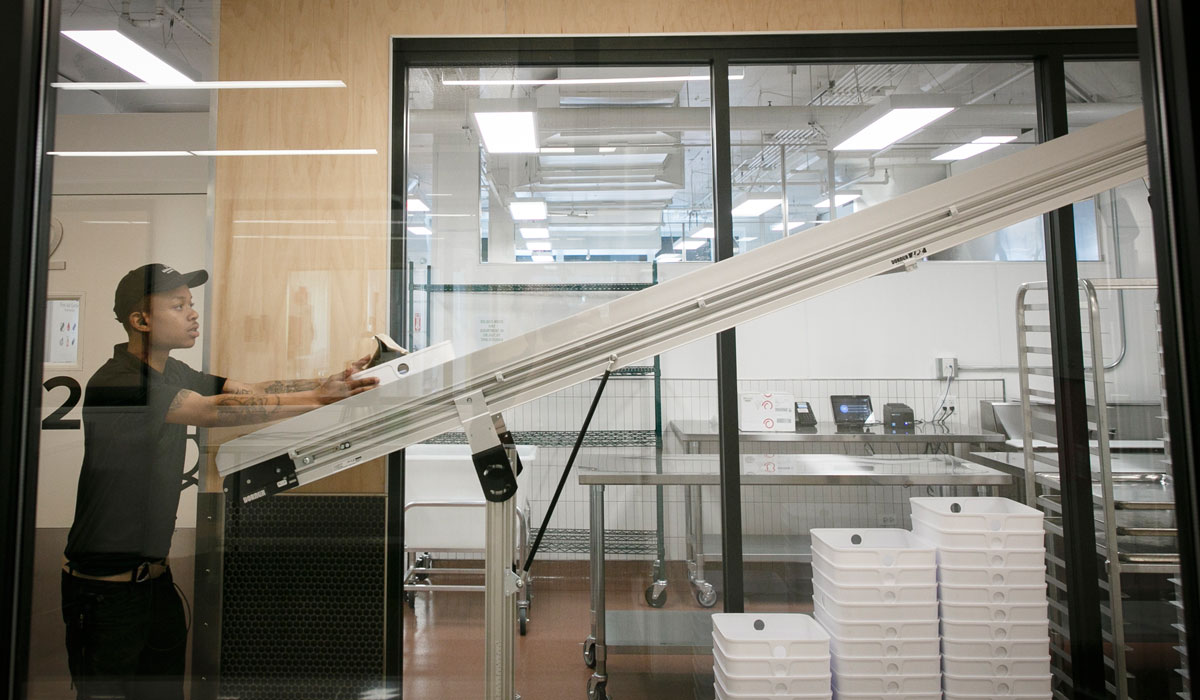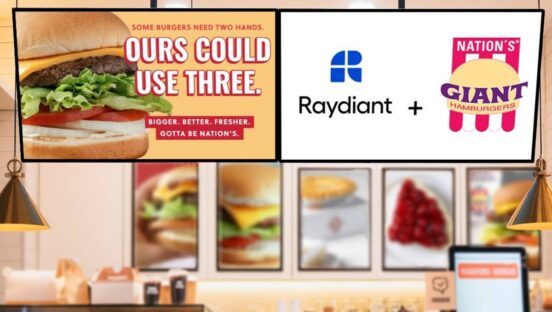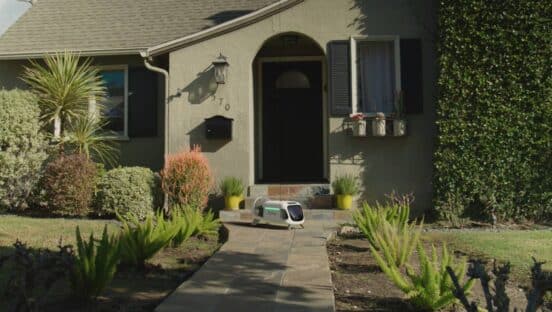Ghost kitchens became the hot new restaurant industry trend in 2019. Even big-name tech talent got in on the action, with former Uber CEO Travis Kalanick backing start-up CloudKitchens. In essence, ghost kitchens provide the “kitchen” piece of a restaurant operation without the on-premises dining or direct customer interaction—no host or wait staff, no cashier. The contactless customer model focuses on take-out service only, delivered mainly via apps such as GrubHub and UberEats.
For entrepreneurs just starting, the ghost kitchen model provides a lower cost, faster time to market option than opening a full-service restaurant. For existing brands, ghost kitchens provide a lower risk method to expand into new areas or test out an entirely new concept.
What no one saw coming in early 2020, however, was that the ghost kitchen trend would become a necessity for nearly every restaurant around the globe within a matter of months. With the emergence of COVID-19 and stay-at-home guidelines, many of the world’s restaurants had to close to foot traffic, leaving them with a choice: either temporarily close, or pivot to a delivery or take-out model.
For traditional table service restaurants, this was a massive disruption that left a multitude of questions. What on my menu is appropriate for delivery? How do I connect to delivery apps? Will I have enough business to justify the costs of remaining open?
With innovation and ingenuity, many restaurants rapidly pivoted to simplify their menu and make it take-out accessible. But now that these establishments have had a taste of running a ghost kitchen, where will they go with it next?
Ghosts Rising
While no one knows exactly how the post-coronavirus world will fare for the restaurant industry, there is no denying that ghost kitchens remain a popular option. Creating Culinary Communities (C3), a food hall and virtual kitchen subsidiary of hospitality company SBE Entertainment Group, is currently on a hiring spree and plans to open 138 more ghost kitchens before the end of the year. Likewise, the restaurant chain Kona Poké is planning the first of 20 ghost kitchen locations inside Reef Kitchen’s Miami facility.
For full-service restaurants, they are counting the days to when they can throw open the doors and welcome back in their customers. But as full-service restaurants look to expand into new areas, in what promises to be a challenging environment, it’s likely a ghost kitchen model will be on the list of considerations. For starters, ghost kitchens are built to naturally support social-distancing, which is likely to continue in some capacity long after stay-at-home mandates lift.
Dorothy Creamer, Senior Research Analyst, Hospitality & Travel Digital Transformation at IDC notes, “As the restaurant industry—and the economy as a whole—recovers, ghost kitchens will benefit from not needing the capital that traditional kitchens with a staff of servers and front-of-house staff and larger spaces will require. What they will require however is a nimble, robust infrastructure.”
Good kitchen fundamentals remain—in any model
What is very likely is that we start to see more hybrid models evolve. A full-service restaurant might opt to partner with a ghost kitchen to supplement their newly developed take-out business, while other brands could choose to boost profits by offering their kitchens as ghost kitchens for other brands. Some may look to ghost kitchens to expand into new territories. And now that more people have tried delivery-based ordering for the first time in the face of the current environment, no doubt we will see more independent ghost kitchens pop-up.
But no matter the model, as Creamer noted, an agile infrastructure that can offer intelligence and the ability to pivot, will be critical. Because whether you are a ghost or a traditional kitchen, the fundamentals of good management remain. The technology that employs artificial intelligence, deep analytics, and open integration to other solutions, will enable restaurateurs to:
Streamline inventory and menu management: It is essential to effectively manage cost and control inventory waste, to ensure the sales you capture have a healthy bottom-line. Using advanced analytics, you can easily see what items are selling best in which locations, and enable you to make adjustments to your menu to reflect new trends. Similarly, if faced with product shortages, as we may soon experience with pork with Tyson idling its largest plant, an effective analysis of your restaurant cost of sales (COS) can also help you evaluate which of your more prevalent items could perhaps be replaced with an alternative.
Ensure a healthy supply chain: Suppliers, like everyone, have been hit by the current crisis and perhaps have too much of some inventory and not enough of others. You must be careful to track the supply chain in good times and bad, ensuring you can get the products you need at a fair price. Alternatively, make supply chain adjustments to account for any number of scenarios that could arise, from bad weather to the completely unexpected, as we are experiencing now.
Reduce Waste: It’s estimated that industry food waste amounts to roughly $25 billion each year. Not only is that a hit to your bottom line, but it is environmentally unsound. By better managing inventory and getting a better grip on your menu, it noted that individual restaurants can cut up to 2-6 percent off their food costs.
Expand models: What better way to tackle the above three elements than expanding your model. Food kits have become a popular way to help busy families and budding at-home chefs try new recipes and expand their kitchen skills. So, in addition to offering finished meals, why not consider meal kits to help turn over inventory and offer customers a new way to interact with your brand.
Stay flexible: It was not so long ago that we had never heard of UberEats or Door Dash. No one knows what service, opportunity, situation (like the current) may pop up next, so it’s critical to have an infrastructure that allows for maximum adaptability for whatever may come. Likewise, it is important to ensure in this model that you have access to customer data and do not lose that customer connection (see below).
Better understand and reach customers: As important as understanding what you sell, is whom you sell it to and how frequently. By linking Point-of-Sale (POS) solutions with customer experience offerings, restaurants can better target their best customers, or even “like” customers using a combination of first and third-party data. Coupled with targeted offers and elements such as loyalty programs, you can expand sales and reach new audiences.
While nobody knows exactly what the future holds for the restaurant industry, the road ahead likely will not be an easy one. To meet the challenges that restaurants face, both from a business and customer standpoint, it will require agility and flexibility. If there is one thing the restaurant industry has shown in recent months, it is amazing resiliency. There is no doubt they will continue to explore all options to keep delivering great food to the customers they love. Ghost kitchens can help meet that goal by providing an invaluable channel for expansion and to help new restaurants get off the ground with lower risk.
Chris Adams has over 20 years’ experience in the hospitality technology industry. Following time with Marriott, Chris began his career at MICROS (now Oracle Food and Beverage) in 2000 and has worked across many positions throughout his tenure, including operations, customer success, consulting and sales. Having worked in multiple countries and regions, Chris was Managing Director of Australia prior to the Oracle acquisition. Today, with his passion to see our customers succeed, Chris drives the strategy for Oracle Food and Beverage’s global portfolio as Global VP Strategy and Solutions. He is based in Maryland when not traveling the world spending time with our team, customers and partners.













